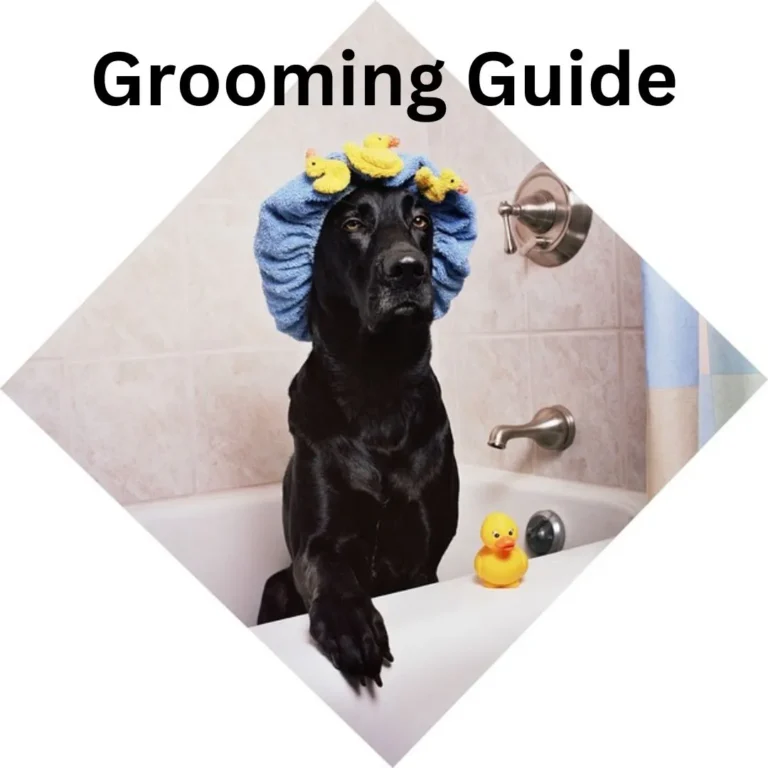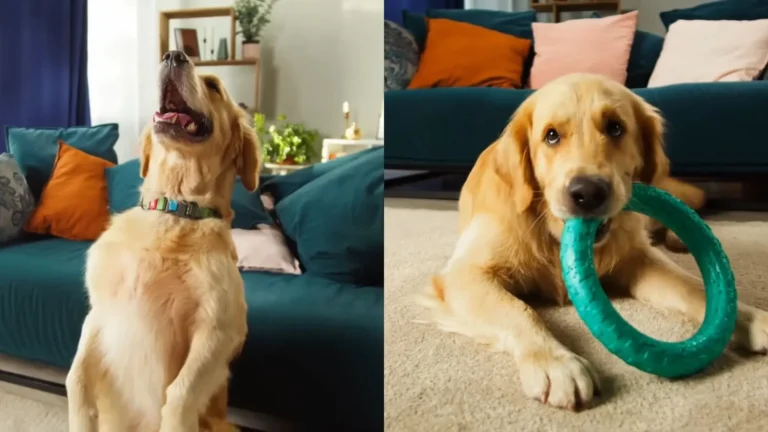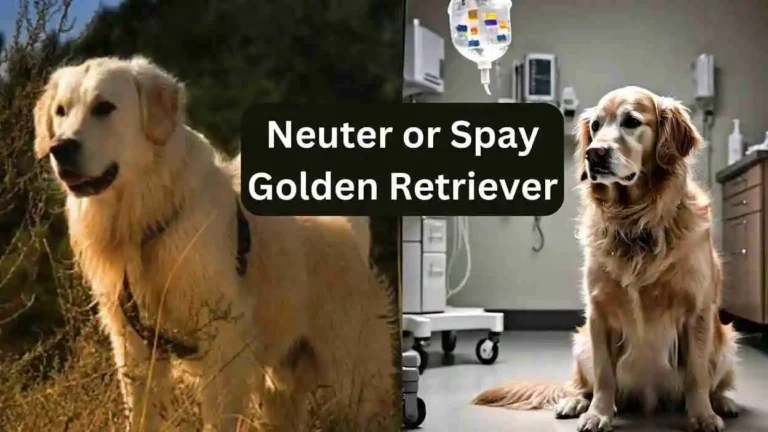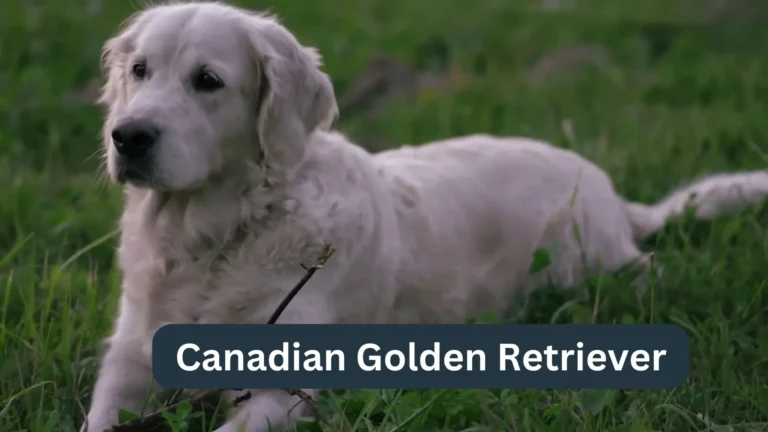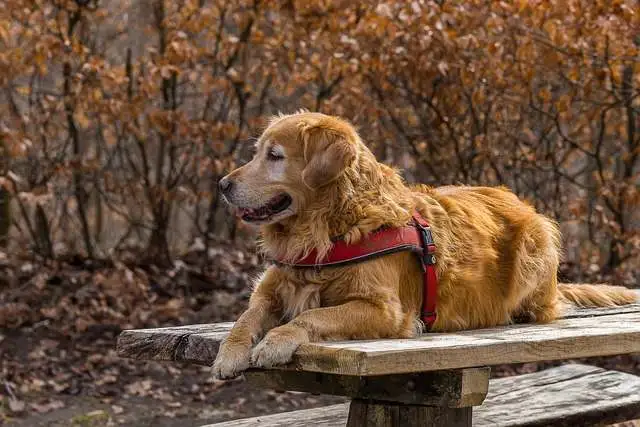Long-Haired Golden Retriever: Coat Care and Health Guide 2025
Golden Retrievers are the most popular dog breed for their friendly and affectionate nature and are easily trained. They are the most beloved dogs in the world. They have long coats in different colors, from light cream to dark gold.
Long-haired Golden Retrievers have a unique two-layered coat that is exceptionally thick and water-repellent, ideally suited for outdoor activities. Their long coat needs regular grooming and maintenance. In grooming, brush their coat at least once a week and bathe them every 6 to 8 weeks or as required.
It also needs trimming around the ears, tail, and paws, ensuring careful inspection for any knots and tangles. A long-haired Golden Retriever is suitable for people who like to maintain their hair regularly. This breed needs attention for the maintenance of a healthy lifestyle. If you cannot give them attention or have any allergies, you should not choose a long-haired pet for your home.
Understanding the Golden Retriever’s Coat
Golden Retrievers are adored for their striking beauty, dense coats, and sharp intelligence. Their double coat, a unique feature of the breed, consists of a soft, fluffy undercoat and a slightly wavy, water-repellent outer coat. Coats are essential features in every breed, and to keep them healthy and shiny, they require regular grooming and care.
Coat Characteristics
Golden Retrievers have a very fluffy and silky coat. They come in light and dark colors, but their color will change several times as they grow up. Their fur may be darker or lighter than the adult fur color, so it is difficult to predict their final appearance.
When your dog turns three months old, long hair grows on its tail. It also has features on its tail, legs, and belly. Their tail starts pointing as the adult coat starts to grow. The adult hair will grow all over the dog’s body.
When your dog is between six and twelve, the “Ugly Duckling” stage will start. In this stage, their coat will look rough and uneven, and their adult coat will fully grow in this stage. During this period, you must care for and groom their coats regularly.

Genetics and Coat Length
Golden Retrievers have different coat sizes. Some have short coats, while others have long coats; it depends on the genetics. The English Golden Retriever mostly has shorter and thinner coats, while the Canadian Golden Retriever has longer and thicker coats.
Their adult coat comprises guard hairs and a soft undercoat. The undercoat is smooth and fluffy, and the guard hairs are more extended and coarse. Undercoats keep them warm and guard their hair to protect them from the elements.
Grooming Long-Haired Golden Retrievers
Golden Retrievers are famous for their long hair. Their coats need a lot of maintenance and grooming regularly. It is essential to keep their coats tangle-free and healthy. Consistent grooming is not only crucial for their beautiful coat but also important for their overall health and well-being.
Bathing them and brushing their coats regularly is very important. It doesn’t help maintain their fur’s beauty but can also help prevent infections and skin irritation, making them smell good. It can also reduce the shedding problem.
Brushing & bathing Golden Retriever Coats
Brush your Golden Retriever at least once a week, preferably daily. Consult a vet or professional pet doctor who will guide you properly. Slicker brushes are recommended for brushing their hair.
When you brush hair, always begin at the base and gently work your way up to ensure tangle-free and healthy hair. To maintain a matt-free and smooth coat, thoroughly brush down to the skin. Always brush your dog toward the hair growth to keep them comfortable and happy.
To clean your dog, give them baths once every six or eight weeks. When you bathe your dog, use high-quality dog shampoo. Make sure to give their coat a double wash to ensure that you remove all the shampoo, as their double coat tends to retain it.
Keeping your Golden Retriever coat healthy and beautiful requires regular grooming and brushing. Don’t use human shampoo. It can cause skin irritation and infections.
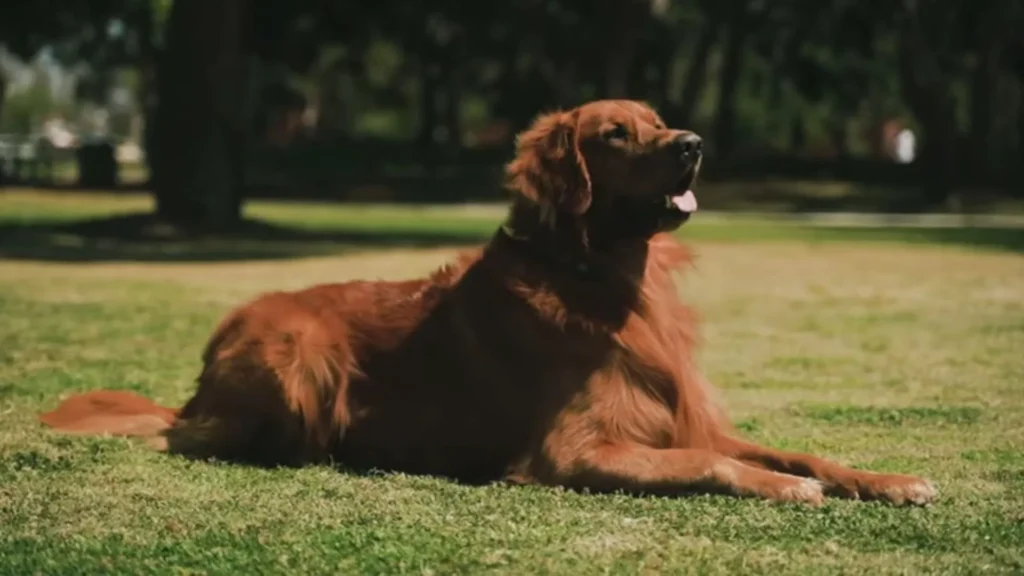
Shedding and the Undercoat
Shedding is a natural process in which the old hair gets damaged, and the new hair grows. Golden Retrievers have double coats, which include two coats: one is an outer coat, and the other is an undercoat.
This unique feature gives them excellent protection and adds to their striking appearance. The undercoat is so soft and thick that it grows close to the skin and helps to insulate the dog’s body. If you understand the shedding period, you can easily manage their coat.
Understand & manage Shedding
The shedding period starts two times a year. Most shedding occurs in the spring or fall season. In this shedding season, dogs lose significant amounts of fur; it just looks like they never end. The undercoat is shedding, and it will take a few weeks to complete the shedding.
To manage the shedding, brush the coat regularly. Brushing helps remove loose hair from the undercoat and prevents tangling or matting. It is also essential not to shave your dog’s coat, especially during shedding season.
Shaving is not suitable for your dog’s coat. It can harm the undercoat and lead to improper regrowth. Shaving can also increase Shedding and cause skin issues. Only focus on brushing and grooming regularly to manage the Shedding.
Why Not to Shave a Golden Retriever Coat?
There are many reasons not to shave your Golden Retriever coat, and a few are:
Remember never to shave your dog’s coat. It can damage your dog’s health and cause many diseases that harm Golden Retrievers. Only focusing on their regular grooming can control their shedding.
Diet and Nutrition for Golden Retriever Coat
A good and healthy diet is also essential for maintaining coat health. A diet rich in high-quality protein like fish, chicken, and lamb can provide nutrients for a healthy coat and skin. You can also incorporate fatty acids into your dog’s diet.
Give your pet’s coat a boost with supplements like fish, coconut, and olive oil. They can do wonders to keep that fur healthy and shiny. Fish oil is an excellent source of omega-3 fatty acids, which can reduce inflammation and promote healthy skin. In addition, coconut and olive oil are excellent sources of omega-6 fatty acids.
If you can, add some vitamin supplements like vitamins A, D, and E, which are essential for their healthy coat and skin. Vitamin A is crucial to keep the skin healthy by controlling sebum production. It is perfect for your dog’s skin. Vitamin D regulates calcium and phosphorus levels, which are essential for healthy teeth and bones, while vitamin E is an antioxidant, protecting cells from damage.
Potential Skin Conditions
Long-haired Golden Retrievers have a dense double coat liable to tangles and matting. Keeping their coat clean and tangled is not easy, which can cause skin infections and irritation. You must brush and bathe them, as they need to stop the issues.
Long-haired golden retrievers are known for their beautiful coats, but did you know they may be prone to certain skin conditions? These can include hot spots, allergies, and seborrhea. Hot spots are the skin areas that become infected and inflamed due to excessive scratching and licking.
When the skin becomes allergic, it can cause irritation, redness, and itching, while seborrhea causes oily and flaky skin. If you notice these symptoms in your dog, take it to a vet or doctor for treatment and diagnosis.
Ear Infections
Did you know that long-haired golden retrievers are more prone to ear infections? Monitoring their ear health is essential to ensuring they stay happy and healthy. Because of their long and floppy ears, hats can easily collect moisture, encouraging fungal and bacterial growth.
You should regularly clean your dog’s ears and dry them to stop developing infections in the ear. You can consult the vet for treatment and diagnosis if you notice swelling, redness, foul odor, and discharge.
Conclusion
Long-haired golden retrievers have a double coat that is light cream and dark golden in color. Their double coat needs regular grooming and care to keep it healthy and shiny. Bathe them every six to eight weeks, and brush them every week. You also face the shedding season, in which the old hair gets damaged, and the new hair grows. Also, take care of their diet, skin allergies, and ear infections to keep your dog healthy and happy.
